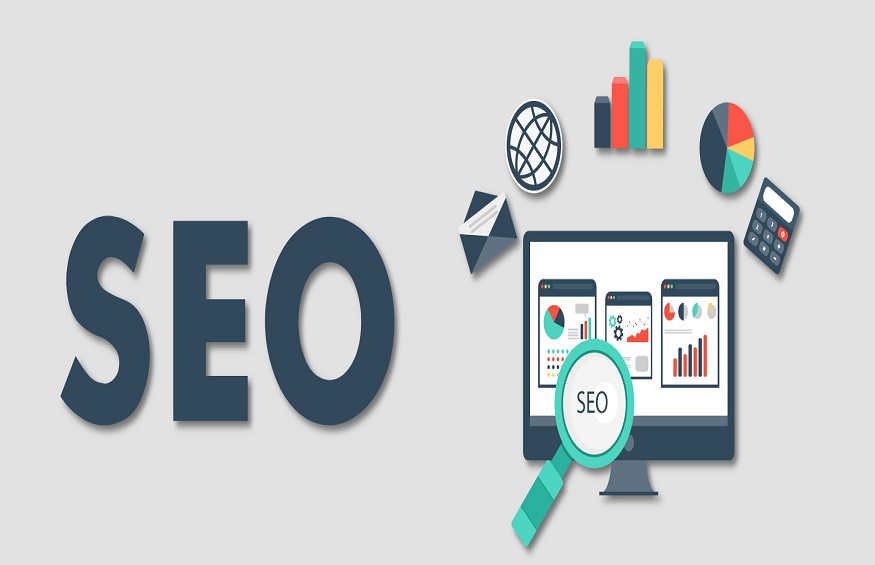Images are an essential element of your website and your SEO. Picture marketing has become a global trend for all sites thanks to engaging aesthetic visuals. Optimizing your images should not be neglected because it helps attract prospects to your content, reduce your loading time and better position yourself in search engine results.
This article offers you easy-to-implement tips to optimize your images using SEO.
1# Name your images correctly
It might seem more convenient to leave the default name for your image files. But in terms of SEO, it’s disastrous. Naming your images with qualitative keywords to better position yourself is essential. Web crawlers not only index your text but also search for keywords within your images. Also prefer English to rename your images, because it is the language of search engines. Additionally, think about what your visitors are likely to search for, your SEO will thank you.
2# Enter your ALT tags
ALT tags are alternative text that provides more detail on your images and improves your SEO. You can therefore integrate additional keywords. Just like the name of your image, the ALT tag must be in English. Be careful, however, not to over-optimize it with keywords because you will be penalized.
3# Reduce the size of your images
The average page loading time is around 3 seconds on a computer and 5 seconds on a smartphone. Knowing that Google takes your page speed into account to rank you and that Amazon has admitted that they could lose 1.6 billion per year if their pages slowed down by 1 second, you should not underestimate this data.
Loading an image depends on its size. It will adjust the image for web resolution without lowering its quality. If you don’t have Photoshop, Gimp, a free alternative, will do the trick.
4# Use the right format for the right image
There are two types of files used for images on the web. JPEG and PNG. JPEG has become the standard for the web. It offers high compression ratio keeping the good quality of the image and providing lesser file size. PNG is preferred for smaller images with less detail and color like logos or icons. It has the advantage of offering an image with a very small file size. In general, avoid Gifs and use PNG instead.
Discover the most awarded technical SEO platform on the market today. A demo made just for you, then the opportunity to test the platform for yourself.
5# Use unique images
Duplicate content is severely punished by Google. And this also applies to images. If you use images from banks that have been used hundreds of times, Google won’t bother to reference them. Matt Cutts said that duplicate images will not be referenced or have less impact on your ranking. On the contrary, using original images would be seen as a signal of quality.
6# Build your image sitemap
Google offers new possibilities with sitemaps by including supports for images. You are now able to add a caption, geolocation, title and license for each image. However, be careful not to use your thumbnail images.
7# Avoid cookies
Cookies are small pieces of data sent from a website and stored in the user’s browser when they visit that site . Cookies are often used to save session data, etc. Images also contain cookies but they are useless as they only reduce the loading speed of an image and therefore affect the user experience. Ideally, images should be hosted under a cookie-free domain such as image.mywebsite.com. This is very relevant for mobile sites where loading times are higher.

